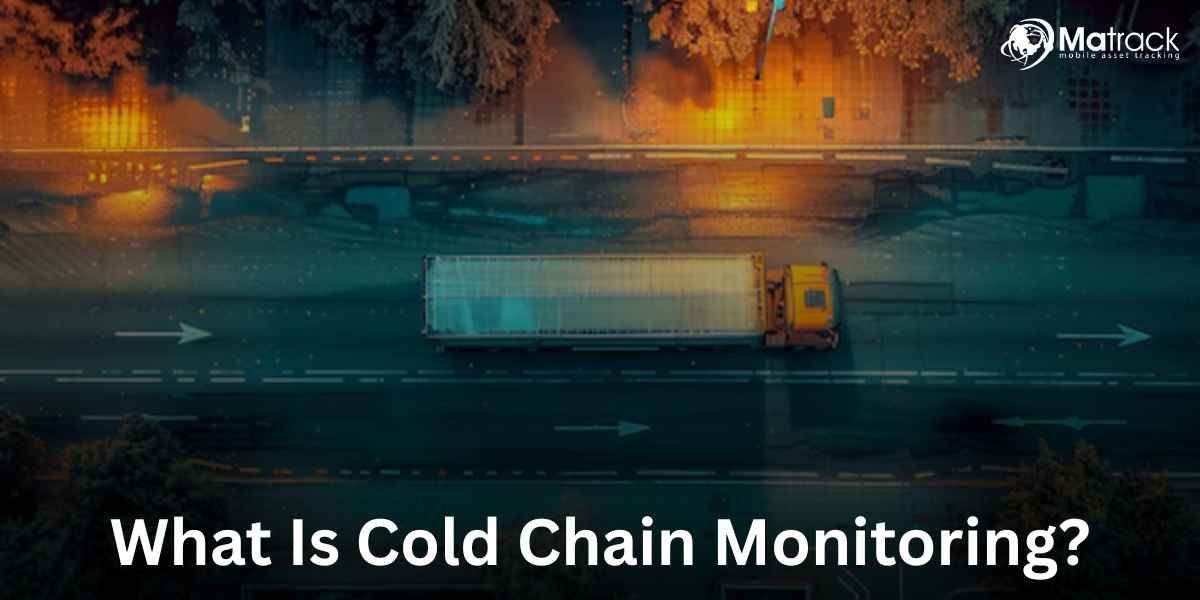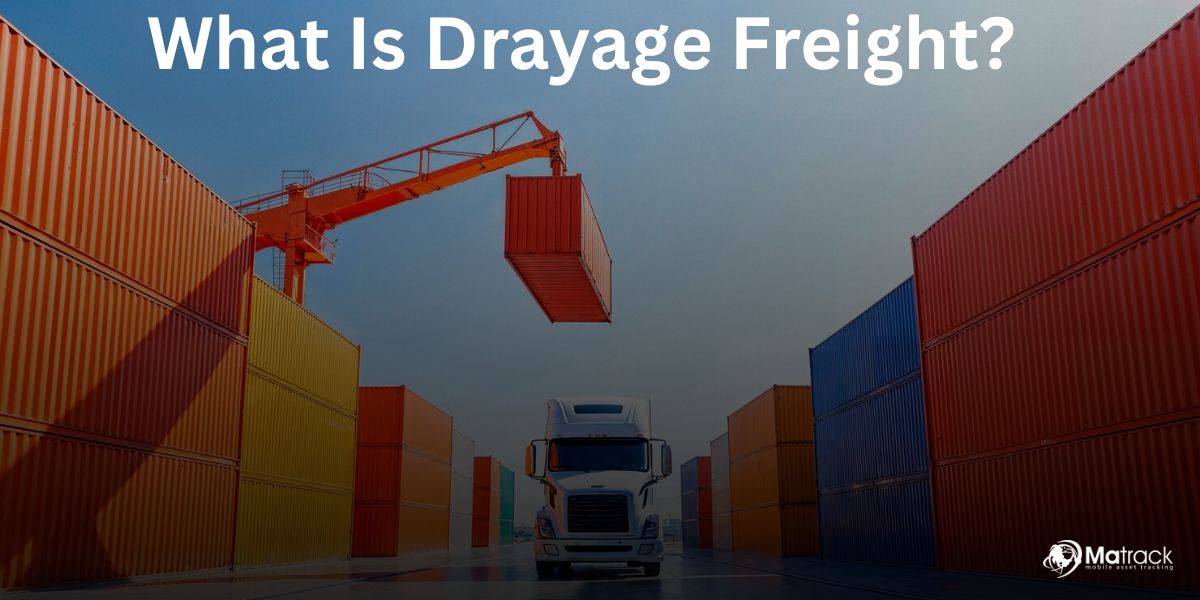Key Takeaways
- Cold chain monitoring tracks temperature-sensitive products during storage and transport to keep them safe.
- It uses sensors, software, and alerts to prevent spoilage and maintain product quality.
- Industries like pharma, food, and chemicals rely on cold chain systems for compliance and reliability.
- Implementing cold chain monitoring reduces waste, improves visibility, and ensures regulatory standards are met.
What Is Cold Chain Monitoring?
Cold chain monitoring means tracking the temperature and condition of products that need to stay cold during storage and transport. It helps make sure items like vaccines, food, and medicines stay safe and effective from the factory to the final destination.
This system uses sensors and software to watch temperatures in real time and send alerts if anything goes wrong. Cold chain monitoring prevents spoilage, reduces waste, and keeps products within safe temperature limits.
Why Is Cold Chain Monitoring Important?
Cold chain monitoring is important because it keeps temperature-sensitive products safe and effective. It protects items like vaccines, medicines, and food from damage during shipping and storage.
It prevents spoilage by sending alerts when temperatures go off-track. It also helps companies avoid financial losses, meet safety rules, and prove compliance with authorities like the FDA and WHO.
What Products Need Cold Chain Monitoring?
Cold chain monitoring is essential for products that are sensitive to temperature variations. These include:
- Pharmaceuticals: Vaccines, insulin, and biologics are temperature-sensitive and degrade quickly if stored improperly.
- Perishable Foods: Dairy, seafood, meat, and fresh produce require constant refrigeration to prevent bacterial growth.
- Chemicals: Laboratory reagents and industrial materials can become unstable outside defined ranges.
- Cosmetics: High-value cosmetics with organic compounds degrade with exposure to heat or humidity.
How Does Cold Chain Monitoring Work?
To monitor a cold chain, companies install devices and systems that collect, transmit, and analyze temperature and humidity data.
Sensors and Data Loggers
Sensors measure temperature, humidity, and location. Data loggers store these values at fixed intervals. For example, a vaccine shipment might be logged every 5 minutes to ensure tight control.
Wireless Connectivity
Devices use Bluetooth, RFID, or cellular networks to transmit the data to centralized databases. Modern devices send alerts if parameters deviate beyond acceptable ranges.
Software Dashboards
These platforms provide real-time analytics, location tracking, and reporting. Managers access alerts, trends, and history on their dashboards.
Cloud Storage and Data Logs
Cloud-based solutions offer historical logs that are accessible for audits. These data points confirm regulatory compliance and help with root cause analysis during failures.
Alerts and Notifications
Smart systems send email, SMS, or push notifications when conditions exceed safe thresholds. This enables immediate intervention to prevent product damage.
What Are the Key Components of a Cold Chain Monitoring System?
Temperature and Humidity Sensors
These sensors detect even slight changes in environmental conditions. Common examples include thermocouples, RTDs (Resistance Temperature Detectors), and digital humidity sensors.
GPS Trackers
GPS devices track the exact location of the shipment throughout transit. This data helps analyze route efficiency and detect unexpected delays.
Data Loggers
Data loggers store collected data when there’s no internet or network coverage. They ensure that all temperature events are captured for later review.
Connectivity Modules
These modules transmit sensor data in real time using 4G, LTE, Wi-Fi, or Bluetooth. Reliable connectivity enables instant alerts and continuous tracking.
Monitoring Software
Software platforms display data through user dashboards, trigger real-time alerts, and generate compliance-ready reports. Many include mobile access and cloud storage.
Power Backup Systems
Battery backups or alternate power sources keep sensors and devices working during outages. These systems prevent data loss and maintain monitoring continuity.
Alarm and Notification System
Built-in alarms or smart notifications alert teams when temperature limits are breached. Alerts are sent via email, SMS, or app notifications for fast response.
What Are the Benefits of Cold Chain Monitoring?
Protects Product Quality
Cold chain monitoring keeps vaccines, medicines, and perishables in safe conditions from start to finish. Stable temperature means no damage, no degradation, and no risk to users.
Prevents Waste
Instant alerts allow teams to fix problems before products spoil. That means fewer losses, fewer returns, and better inventory control.
Meets Compliance Standards
Electronic Logging Devices (ELDs) and digital records help meet global safety rules. Accurate logs make audits easy and prove that conditions were under control.
Builds Customer Confidence
When products arrive in perfect condition, customers notice. Safe delivery builds trust and strengthens long-term relationships.
Improves Visibility
Real-time GPS tracking shows exactly where goods are and how fast they’re moving. It helps teams track delays, reroute shipments, and manage delivery time.
Reduces Costs
Less spoilage and fewer product recalls lower overall costs. Automated reporting saves time and reduces staff workload.
Supports Insurance Claims
Detailed monitoring reports back up insurance claims when things go wrong. Clean data proves what happened and speeds up the process.
What Technologies Are Used in Cold Chain Monitoring?
Modern cold chain monitoring relies on a mix of smart technologies that make tracking accurate, reliable, and fast. These tools work together to keep shipments safe and data accessible.
IoT Devices
Internet of Things (IoT) sensors track temperature, humidity, and location in real time. They automatically send data to central systems without manual checks.
Artificial Intelligence and Machine Learning
AI tools analyze patterns in temperature and transit data to spot risks early. Machine learning improves predictions by learning from past shipping behavior.
Blockchain Technology
Blockchain keeps all monitoring records secure and unchangeable. It builds trust by creating a verified chain of events for each shipment.
Cloud Computing
Cloud systems store and sync monitoring data across multiple locations. Teams can access live dashboards, historical logs, and reports anytime, anywhere.
Mobile Applications
Mobile apps give teams instant updates on their phones. They allow remote tracking, alert management, and quick action when issues appear.
Regulatory Requirements for Cold Chain Monitoring
Cold chain monitoring must follow strict rules to ensure product safety and compliance.
- FDA (U.S.): Requires complete temperature logs and compliance with Good Distribution Practices (GDP).
- WHO: Specifies approved temperature ranges for vaccine storage and transport.
- EU GDP: Mandates continuous monitoring, system validation, and full documentation for pharmaceuticals.
What Are the Challenges in Cold Chain Monitoring?
Cold chain monitoring systems face five specific challenges that directly impact accuracy, continuity, and operational performance.
Connectivity Gaps
Monitoring devices rely on real-time data transfer through mobile networks or Wi-Fi. In remote or low-signal areas, data transmission is delayed or lost, breaking the continuity of tracking.
Device Calibration
Sensors must be accurately calibrated to deliver reliable readings. If calibration is off, temperature logs become unreliable, increasing the risk of unnoticed breaches or false alarms.
Power Supply Disruptions
Most monitoring devices depend on battery power during transport. If the battery fails or drains mid-shipment, the system stops recording, leaving temperature events undocumented.
Data Overload
Continuous monitoring generates large volumes of data. Without smart filtering or alert logic, teams face alert fatigue and may miss critical issues.
System Integration
Cold chain systems often need to merge with legacy warehouse or ERP platforms. Integration demands technical effort, data mapping, and workflow changes, slowing down implementation.
How to Implement a Cold Chain Monitoring System
To implement a cold chain monitoring system, follow these six precise steps to ensure accuracy, reliability, and compliance.
Assess Requirements
Identify the ideal temperature range, product sensitivity, and shipment routes. This helps define the technical needs of your monitoring system.
Select Devices
Choose sensors and trackers that match the required precision and connectivity. Look for options with real-time alerts and long battery life.
Deploy Software
Install monitoring software that aligns with your operation size and logistics structure. Ensure it offers cloud access, dashboards, and alert notifications.
Train Staff
Educate your team on how to install devices, read data, and respond to alerts. Skilled staff ensures fast response and smooth system operation.
Validate the System
Run controlled tests to verify device accuracy and data reporting. Log and document results for audits and regulatory checks.
Monitor Continuously
Track live data during every shipment. Use analytics to spot trends, resolve issues quickly, and improve supply chain performance.
Conclusion
Cold chain monitoring keeps temperature-sensitive products like food and medicine safe during storage and transport. It uses smart devices and software to track temperature, send alerts, and prevent damage.
This system helps reduce waste, follow safety rules, and protect customer trust. With the right setup, companies can deliver safe products, save money, and stay compliant.



